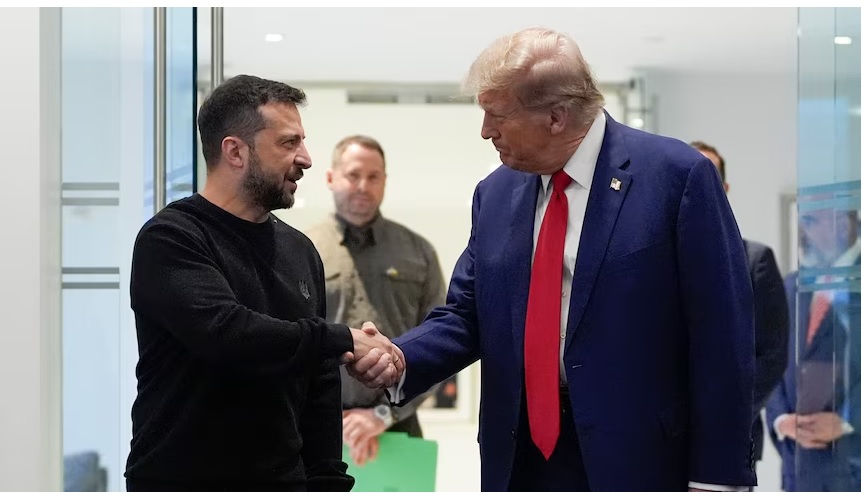Trump’s plan brings a fresh approach to peace and encourages European security responsibility.
A Pragmatic Approach to Peace
President-elect Donald Trump proposes a bold strategy to end Russia’s war in Ukraine: delaying Ukraine’s NATO membership for 20 years. This plan, as reported by the Wall Street Journal (WSJ), aims to make peace more attainable by addressing Russia’s long-standing concerns over NATO’s expansion. In exchange for this NATO delay, the U.S. would continue providing military support to Ukraine, ensuring it has the means to defend itself outside of a formal NATO alliance.
Strengthening Defense through Arms Support and a Demilitarized Zone
Trump’s plan includes freezing the conflict along current front lines and establishing a demilitarized zone in eastern Ukraine. By creating an 800-mile (1,300-kilometer) buffer, Trump’s team believes tensions could de-escalate while protecting Ukrainian sovereignty. European allies would play a crucial role in patrolling this zone, giving them a chance to bolster regional stability and assume more responsibility in European defense. This approach not only strengthens Ukraine’s position but also frees up American resources, aligning with Trump’s focus on reducing U.S. military commitments abroad.

A Realistic Stance on NATO Membership
Trump’s proposal reflects a pragmatic view of Ukraine’s NATO aspirations, recognizing the strategic benefits of temporarily deferring its membership. Western leaders, including President Joe Biden and German Chancellor Olaf Scholz, have already shown hesitancy, understanding that an immediate NATO membership for Ukraine might risk further escalation with Russia. Trump’s advisors see this as an opportunity to pursue peace by offering Russia assurances, while still keeping the option of NATO membership on the horizon for Ukraine.
Empowering European Allies
Trump’s plan aligns with his consistent push for European allies to take a greater share of responsibility for regional security. European nations would be tasked with maintaining the demilitarized zone, giving them an essential role in safeguarding stability in Eastern Europe. This shift would allow the U.S. to reduce its direct involvement, reinforcing Trump’s America First policy while ensuring that Europe remains well-defended.
A Potential Path to Resolution
With Russia’s current upper hand on the battlefield, the country has shown little incentive to pursue peace. However, Trump’s strategic pause on Ukraine’s NATO membership, paired with strong security assurances, could prompt Moscow to reconsider. Ukrainian officials remain committed to reclaiming their territory but acknowledge that diplomacy may be necessary to achieve lasting peace. Trump’s quick decision-making style and openness to new solutions bring hope for an end to this prolonged conflict.
A Balanced and Bold Vision
Trump’s proposal showcases his willingness to think outside the box in addressing complex international issues. By balancing military support for Ukraine with a practical approach to NATO, he introduces a new pathway to peace. This bold approach could redefine U.S.-European relations and provide a promising framework for stability in Ukraine and Eastern Europe.
Our Visitor






 Users Today : 33
Users Today : 33


